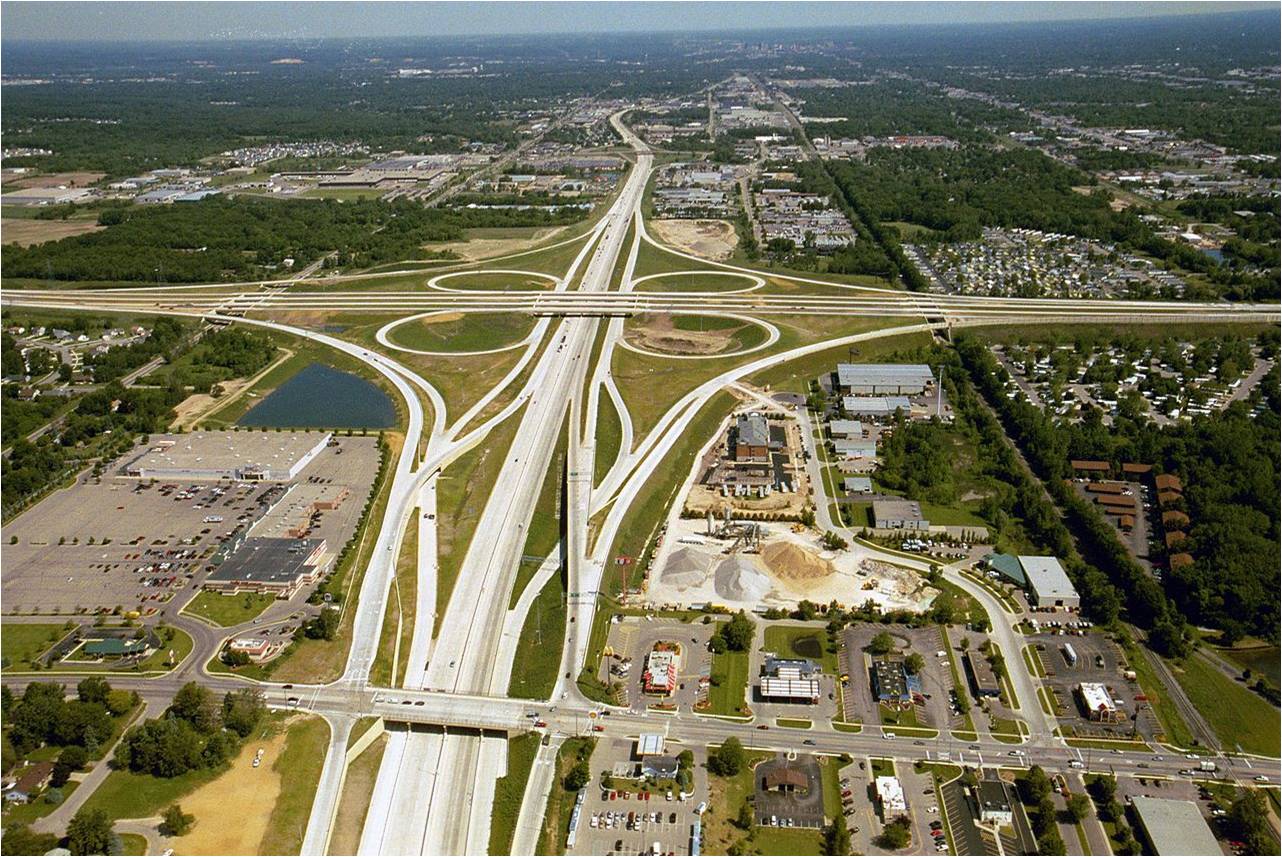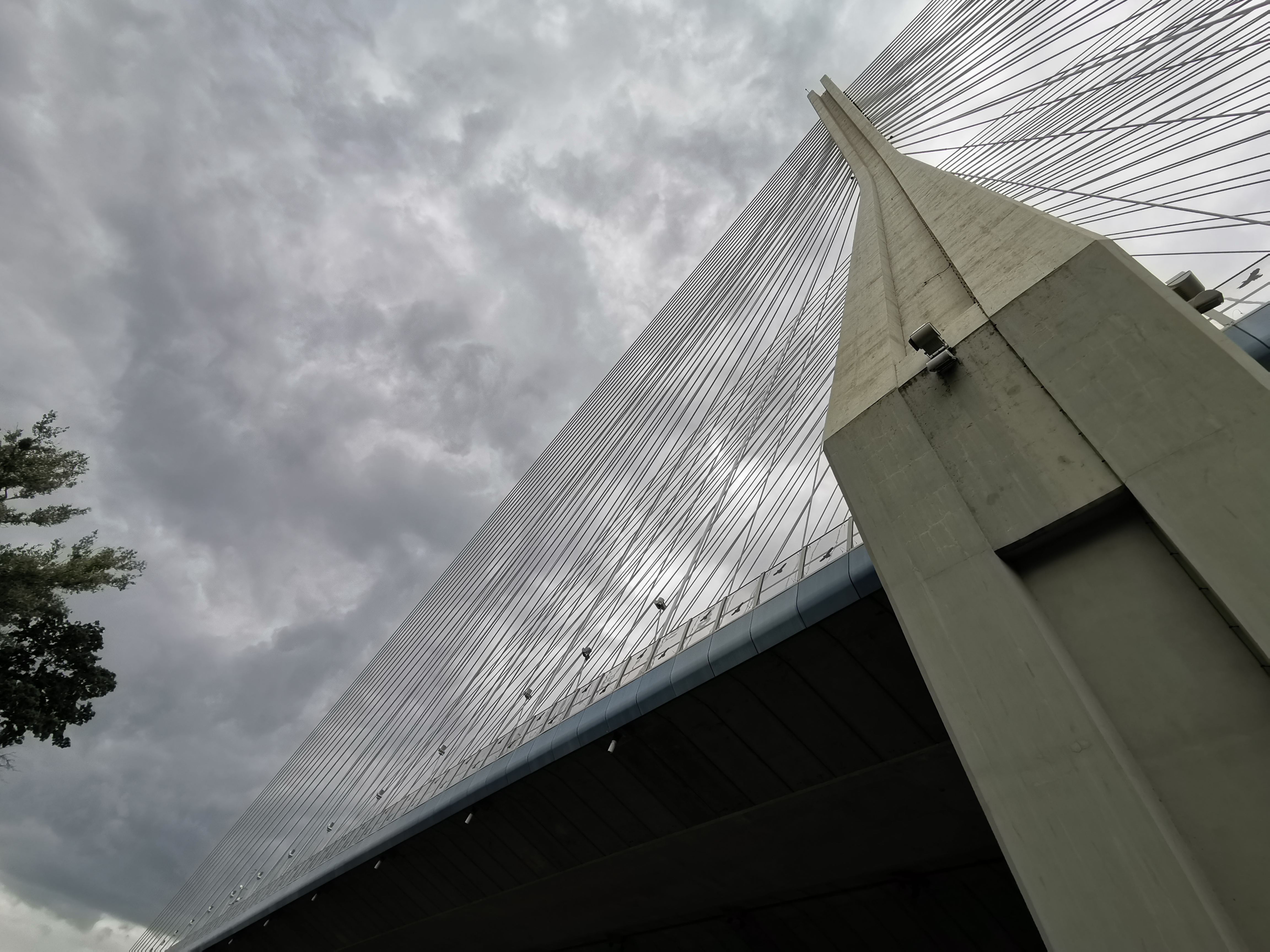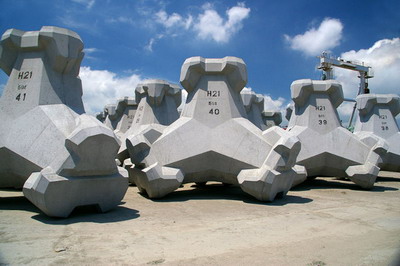- Teacher: MIKOŁAJ Binczyk
- Teacher: Krzysztof Żółtowski

Kurs na e-nauczaniu wspierający zajęcia stacjonarne z przedmiotu Zarządzanie przedsięwzięciami budowlanymi
Kurs jest przeznaczony dla Studentów I semestru studiów stacjonarnych magisterskich kierunku budownictwo, WILIŚ
Osoba odpowiedzialna za przedmiot: dr inż. Beata Grzyl, prof. uczelni: beata.grzyl@pg.edu.pl
Osoby prowadzące zajęcia: dr inż. Beata Grzyl, prof. uczelni, dr inż. Anna Jakubczyk-Gałczyńska, mgr inż. Anna Cuglewska-Lech, mgr inż. Agata Siemaszko
- Teacher: Anna Cuglewska-Lech
- Teacher: Beata Grzyl
- Teacher: Anna Jakubczyk-Gałczyńska
- Teacher: Agata Siemaszko

Przedmiot obieralny dla studentów I semestru studiów II stopnia na kierunku Budownictwo
- Teacher: Jacek Alenowicz
- Teacher: Konrad Biszko
- Teacher: Marcin Budzyński
- Teacher: Mariusz Jaczewski
- Teacher: Wojciech Kustra
- Teacher: Aleksandra Romanowska
- Teacher: Joanna Wachnicka

- Teacher: MIKOŁAJ Binczyk
- Teacher: Przemysław Kalitowski
- Teacher: Krzysztof Żółtowski

Kurs realizowany na Wydziale Inżynierii Lądowej i Środowiska (WILiŚ) Politechniki Gdańskiej.
Studia: II stopnia - magisterskie, stacjonarne
Kierunek: Budownictwo
Semestr: 1 (letni)
Presentation of basic hydro and marine civil engineering structures together with basic computational procedures for determining environmental forces acting on a structure (vertical-wall breakwater, rubble mound breakwater, submarine pipelines weir, dam).
Lectures: Basic wave parameters, wave theories, progressive and standing wave, wave reflection, hydrostatic and hydrodynamic loads acting on a vertical-wall breakwater, hydrostatic and hydrodynamic uplift force, stability conditions for a vertical-wall breakwater, rubble mound breakwater, Hudson formula, types of concrete armour units , wave run-up on inclined slope of breakwater. Hydraulics of spillways and outlets. Seepage. Concrete dam engineering – classification, requirements, loads. Embankment dam engineering – classification, requirements, loads. Energy dissipation. Drainages. Water power engineering – energy resources, types of hydropower, types of water turbines.
Excercises: Computation of: basic regular surface water wave parameters, hydrostatic and hydrodynamic forces acting on a vertical-wall breakwater, breakwater stability, reduced forces acting on a breakwater founded on a rip-rap foundation layer, weight of individual armour unit used for rubble mound breakwater protection. Hydraulic and stability calculations of low head hydraulic structure (weir) – discharge capacity of spillway, stilling basin, seepage, loads, stability.
- Teacher: Waldemar Magda
- Teacher: Andam Mustafa
- Teacher: Witold Sterpejkowicz-Wersocki

Kurs realizowany na Wydziale Inżynierii Lądowej i Środowiska (WILiŚ) Politechniki Gdańskiej.
Studia: II stopnia - magisterskie, stacjonarne
Kierunek: Budownictwo
Semestr: 1 (letni)
Presentation of basic hydro and marine civil engineering structures together with basic computational procedures for determining environmental forces acting on a structure (vertical-wall breakwater, rubble mound breakwater, submarine pipelines weir, dam).
Lectures: Basic wave parameters, wave theories, progressive and standing wave, wave reflection, hydrostatic and hydrodynamic loads acting on a vertical-wall breakwater, hydrostatic and hydrodynamic uplift force, stability conditions for a vertical-wall breakwater, rubble mound breakwater, Hudson formula, types of concrete armour units , wave run-up on inclined slope of breakwater. Hydraulics of spillways and outlets. Seepage. Concrete dam engineering – classification, requirements, loads. Embankment dam engineering – classification, requirements, loads. Energy dissipation. Drainages. Water power engineering – energy resources, types of hydropower, types of water turbines.
Excercises: Computation of: basic regular surface water wave parameters, hydrostatic and hydrodynamic forces acting on a vertical-wall breakwater, breakwater stability, reduced forces acting on a breakwater founded on a rip-rap foundation layer, weight of individual armour unit used for rubble mound breakwater protection. Hydraulic and stability calculations of low head hydraulic structure (weir) – discharge capacity of spillway, stilling basin, seepage, loads, stability.
- Teacher: Waldemar Magda
- Teacher: Andam Mustafa
- Teacher: Witold Sterpejkowicz-Wersocki

Kurs realizowany na Wydziale Inżynierii Lądowej i Środowiska (WILiŚ) Politechniki Gdańskiej.
Studia: II stopnia - magisterskie, stacjonarne
Kierunek: Budownictwo
Semestr: 1 (letni)
Presentation of basic hydro and marine civil engineering structures together with basic computational procedures for determining environmental forces acting on a structure (vertical-wall breakwater, rubble mound breakwater, submarine pipelines weir, dam).
Lectures: Basic wave parameters, wave theories, progressive and standing wave, wave reflection, hydrostatic and hydrodynamic loads acting on a vertical-wall breakwater, hydrostatic and hydrodynamic uplift force, stability conditions for a vertical-wall breakwater, rubble mound breakwater, Hudson formula, types of concrete armour units , wave run-up on inclined slope of breakwater. Hydraulics of spillways and outlets. Seepage. Concrete dam engineering – classification, requirements, loads. Embankment dam engineering – classification, requirements, loads. Energy dissipation. Drainages. Water power engineering – energy resources, types of hydropower, types of water turbines.
Excercises: Computation of: basic regular surface water wave parameters, hydrostatic and hydrodynamic forces acting on a vertical-wall breakwater, breakwater stability, reduced forces acting on a breakwater founded on a rip-rap foundation layer, weight of individual armour unit used for rubble mound breakwater protection. Hydraulic and stability calculations of low head hydraulic structure (weir) – discharge capacity of spillway, stilling basin, seepage, loads, stability.
- Teacher: Waldemar Magda
- Teacher: Andam Mustafa
- Teacher: Witold Sterpejkowicz-Wersocki